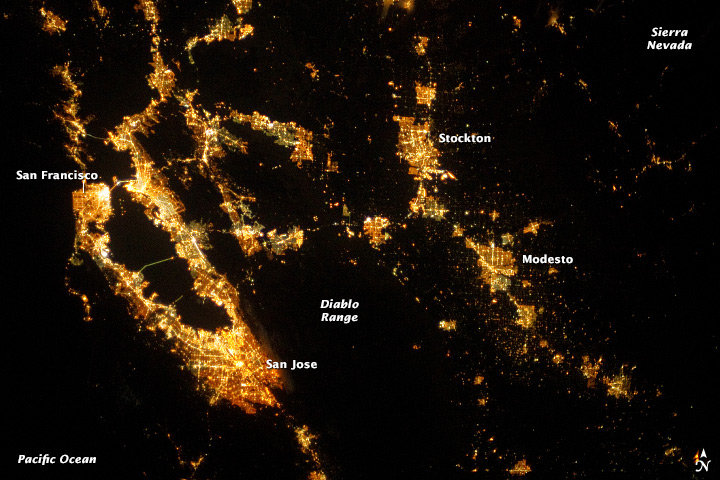San Francisco: Experts consider these buildings vulnerable to collapse only in extreme shaking caused by rare and powerful earthquakes, similar to the one that struck San Francisco in 1906.
June 17th, 2018USGS document: HayWired
Abstract
The HayWired Earthquake Scenario—Engineering Implications is the second volume of U.S. Geological Survey (USGS) Scientific Investigations Report 2017–5013, which describes the HayWired scenario, developed by USGS and its partners. The scenario is a hypothetical yet scientifically realistic earthquake sequence that is being used to better understand hazards for the San Francisco Bay region during and after a magnitude-7 earthquake (mainshock) on the Hayward Fault and its aftershocks.
Analyses in this volume suggest that (1) 800 deaths and 16,000 nonfatal injuries result from shaking alone, plus property and direct business interruption losses of more than $82 billion from shaking, liquefaction, and landslides; (2) the building code is designed to protect lives, but even if all buildings in the region complied with current building codes, 0.4 percent could collapse, 5 percent could be unsafe to occupy, and 19 percent could have restricted use; (3) people expect, prefer, and would be willing to pay for greater resilience of buildings; (4) more than 22,000 people could require extrication from stalled elevators, and more than 2,400 people could require rescue from collapsed buildings; (5) the average east-bay resident could lose water service for 6 weeks, some for as long as 6 months; (6) older steel-frame high-rise office buildings and new reinforced-concrete residential buildings in downtown San Francisco and Oakland could be unusable for as long as 10 months; (7) about 450 large fires could result in a loss of residential and commercial building floor area equivalent to more than 52,000 single-family homes and cause property (building and content) losses approaching $30 billion; and (8) combining earthquake early warning (ShakeAlert) with “drop, cover, and hold on” actions could prevent as many as 1,500 nonfatal injuries out of 18,000 total estimated nonfatal injuries from shaking and liquefaction hazards.
Suggested Citation
Detweiler, S.T., and Wein, A.M., eds., 2018, The HayWired earthquake scenario—Engineering implications: U.S. Geological Survey Scientific Investigations Report 2017–5013–I–Q, 429 p., https://doi.org/10.3133/sir20175013v2.
“……Engineers have known about a major defect in certain steel-frame buildings since 1994, when shaking from the Northridge earthquake in Los Angeles fractured critical joints in more than 60 buildings, bringing at least one very close to collapse. The building code was rewritten to eliminate the flawed technique.….”
1. Hartford Building, 650 California
2. Beal Bank Building, 180 Sansome
3. Bechtel Building, 50 Beale
4. 44 Montgomery
5. 425 California Street
6. 555 California Street
7. McKesson Plaza, One Post
8. Pacific Gas & Electric Building, 77 Beale
9. One Embarcadero Center, 355 Clay
10. Transamerica Pyramid, 600 Montgomery
11. 100 Pine Center, 100 Pine


